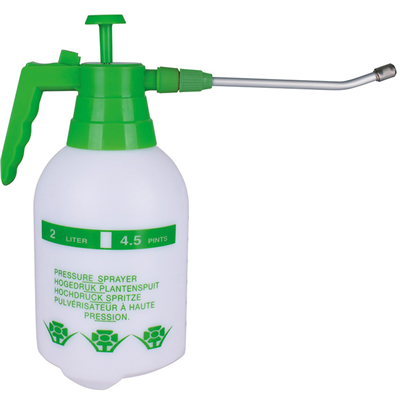Backpack sprayers are essential tools for gardeners, landscapers, farmers, and homeowners to spray pesticides, herbicides, fungicides, and fertilizers on plants or crops. Backpack Sprayer Manufacturers produce a wide range of backpack sprayers with various materials, features, and performance levels. This article discusses the common materials, quality assurance, pricing, safety, and applications of backpack sprayers manufactured by Backpack Sprayer Manufacturers.
Backpack Sprayer Manufacturers use a range of materials to produce backpack sprayers, including plastic, metal, and fiberglass. Plastic backpack sprayers are lightweight, affordable, and easy to use. They are commonly used for small gardens and home applications. Metal backpack sprayers are more durable and sturdy than plastic ones and are suitable for commercial applications. Fiberglass backpack sprayers are the most robust and can withstand heavy use in harsh environments, making them ideal for industrial applications.
Backpack Sprayer Manufacturers design backpack sprayers with various features to increase usability and efficiency. Some common features include adjustable nozzles for spray patterns, shoulder straps, padded backrests, and ergonomic handles for easy carrying. Backpack sprayers may have different tank capacities, ranging from 1 to 5 gallons, to accommodate different applications. Backpack Sprayer Manufacturers also produce manual and battery-powered backpack sprayers with different power levels and run times.
Backpack Sprayer Manufacturers conduct quality assurance to ensure that their backpack sprayers are safe, reliable, and efficient. They perform rigorous tests to confirm that the sprayers meet industry standards for materials, performance, and safety. Backpack Sprayer Manufacturers also use quality control measures during manufacturing to monitor the production process and detect any defects or issues that may arise.
Backpack sprayers from Backpack Sprayer Manufacturers vary in price depending on the materials, features, and performance levels. Plastic backpack sprayers typically cost less than metal and fiberglass backpack sprayers. Battery-powered backpack sprayers are more expensive than manual ones but offer more convenience and better performance. The manufacturing process, distribution, and marketing also impact the price of backpack sprayers.
Backpack sprayers pose potential risks to users if not handled correctly. Backpack Sprayer Manufacturers provide safety instructions and guidelines to users to ensure the safe use and handling of the sprayers. Users must wear protective gear, including gloves and goggles, and follow the manufacturer's instructions on mixing and applying chemicals. It is also essential to look for backpack sprayers with safety features such as pressure release valves, locking triggers, and carrying straps to minimize risks associated with use.
Backpack sprayers are used in various applications, including lawn care, gardening, farming, and industrial settings. Backpack Sprayer Manufacturers produce backpack sprayers designed for specific applications based on the chemicals used and the area to be sprayed. For example, backpack sprayers used in lawn care may have wide spray nozzles for even coverage, while those used in agriculture may have adjustable nozzles for different crops or plants. Backpack Sprayer Manufacturers also adapt to changing customer needs and trends by introducing eco-friendly and organic backpack sprayers for sustainable agriculture and lawn care.
Backpack Sprayer Manufacturers produce a wide range of backpack sprayers with various materials, features, and performance levels to cater to the different needs of users. Quality assurance measures, safety instructions and guidelines, and customer needs to influence the design, production, and market pricing of backpack sprayers. By understanding the materials, features, quality assurance, pricing, safety, and applications of backpack sprayers, users can choose the right backpack sprayers suitable for their specific needs.










